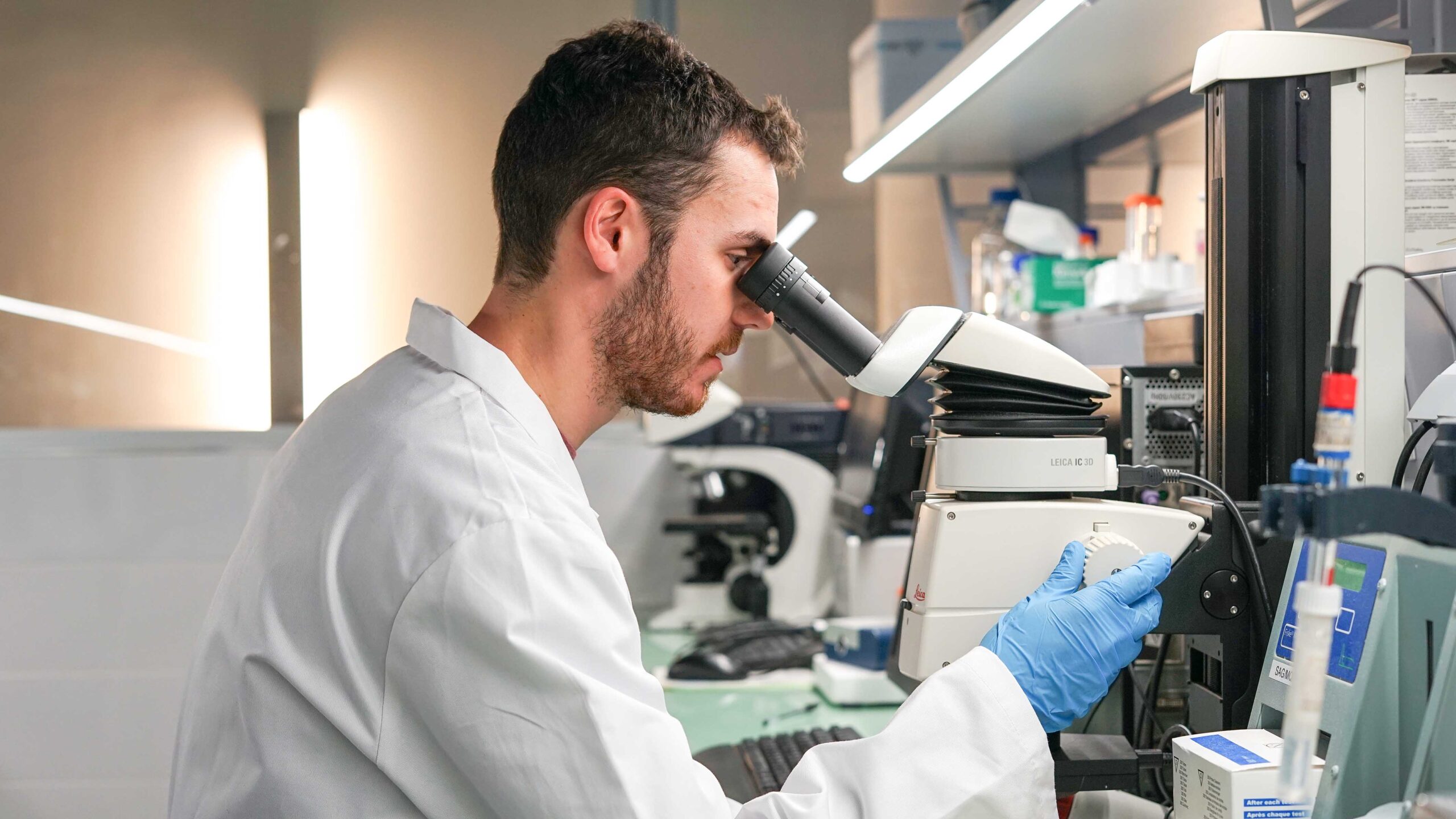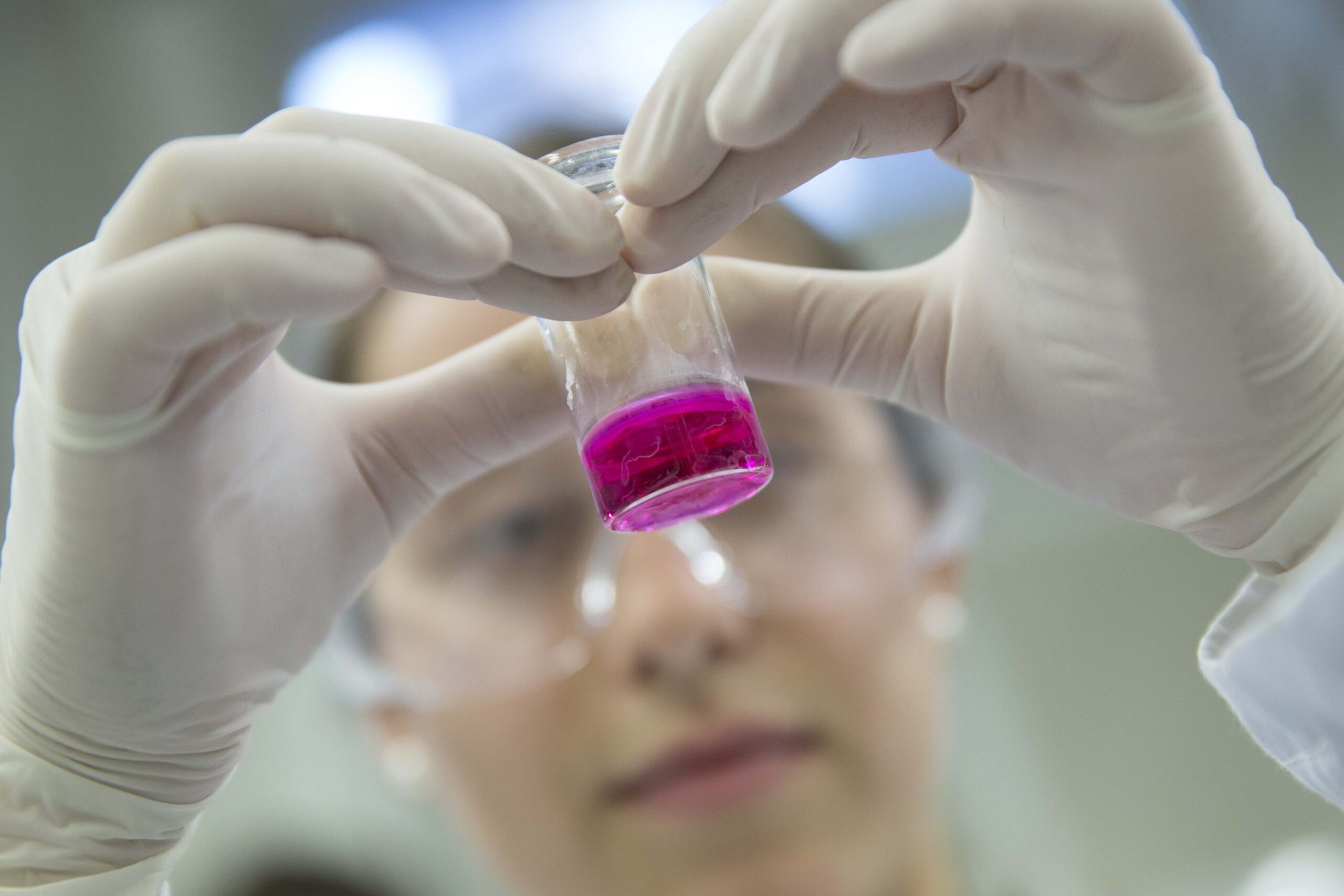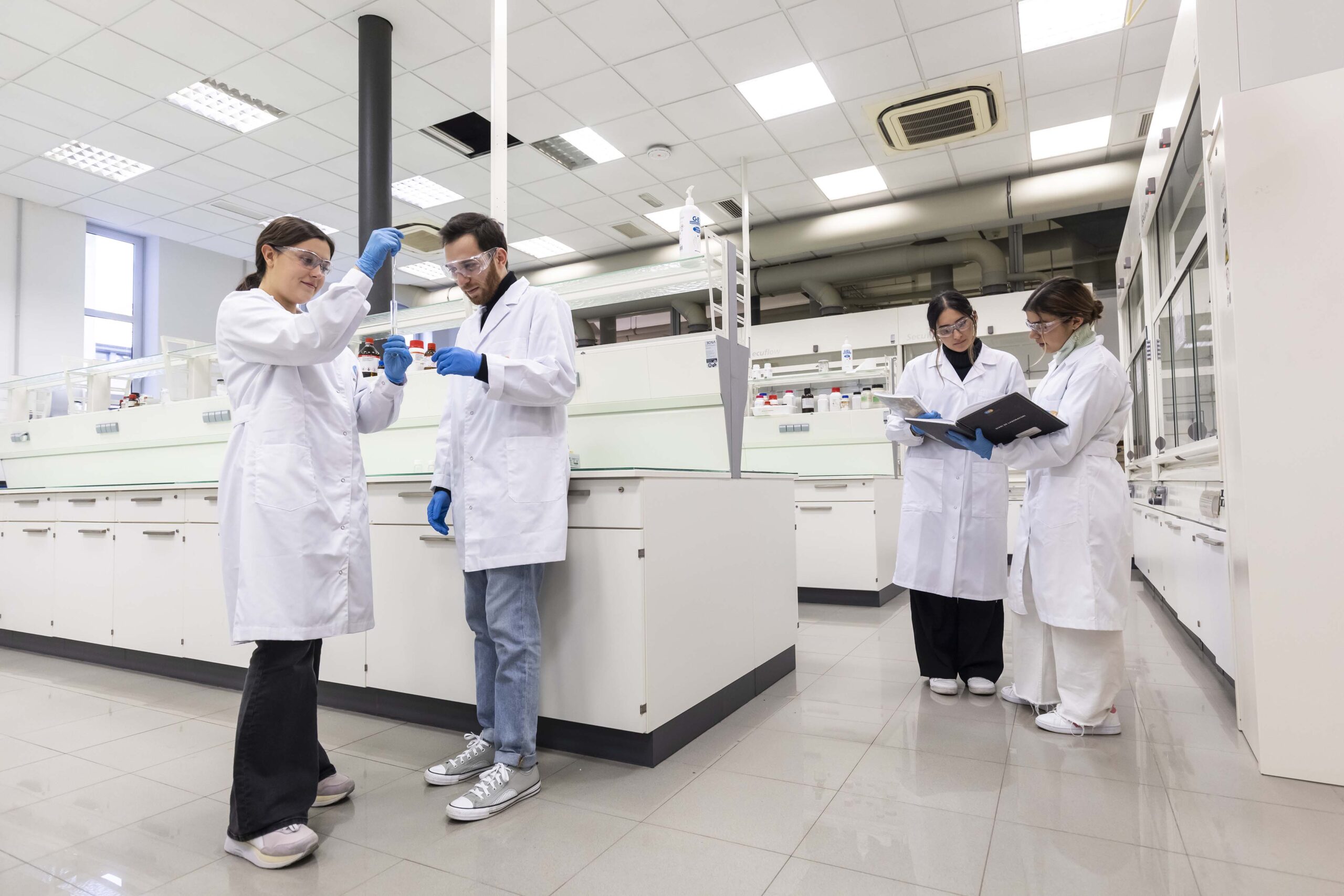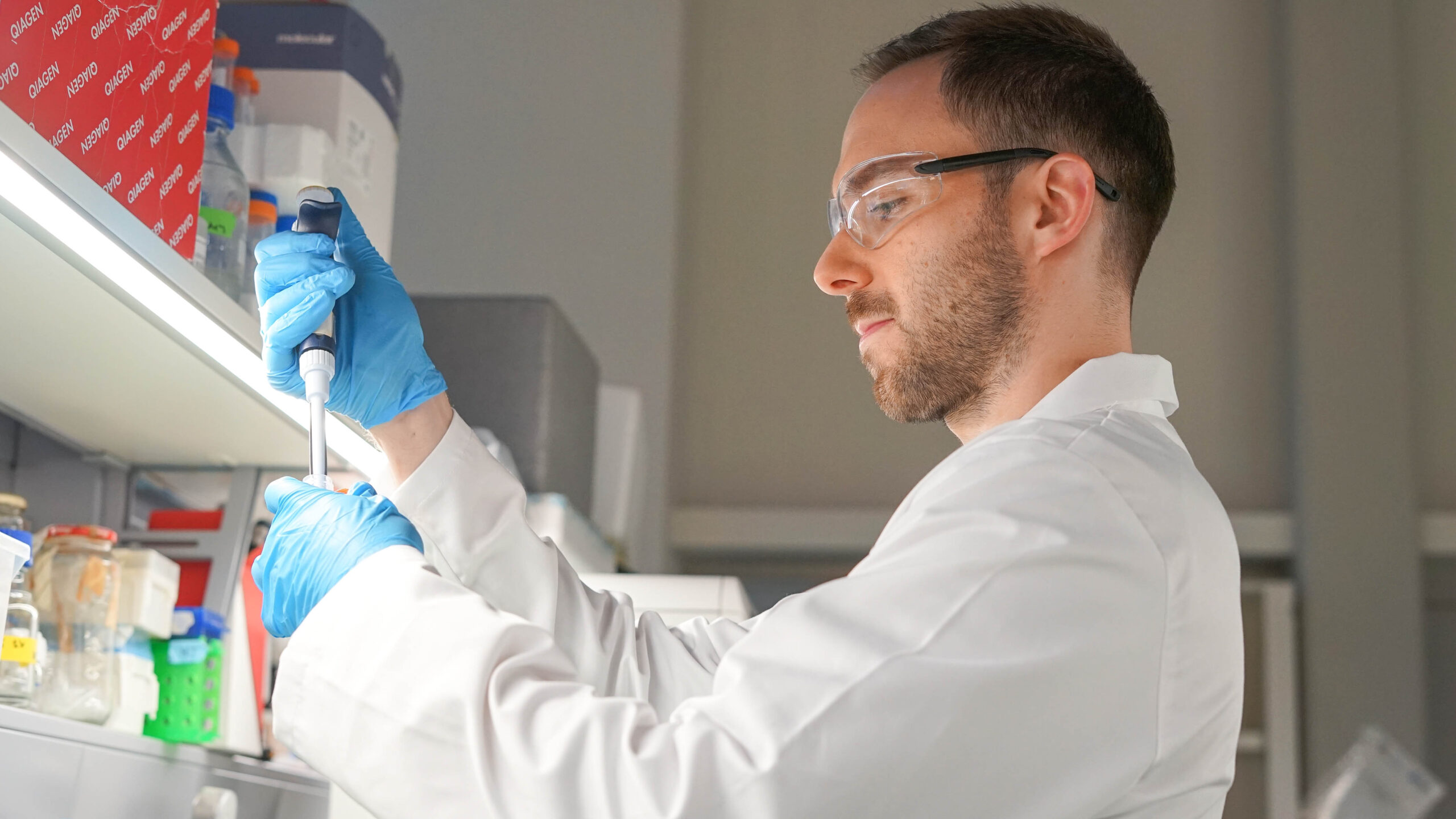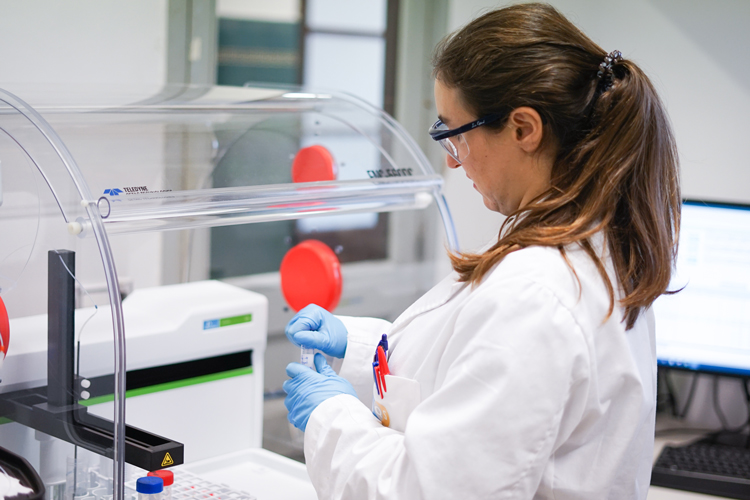The IQS Metal Analysis Laboratory has an ICP-MS instrument with the Single Particle module, an emerging technique that makes it possible to determine the size distribution and concentration of nanoparticles that can be applied in many fields of industrial activity.

Nanoparticles (NPs) are particles that have a diameter of between 1 and 100 nm, whether they are of natural or anthropogenic origin. Their surface/volume ratio gives them unique magnetic, mechanical, optical, and electrical properties that are very different from other particles of greater size.
Along with the materials that constitute them, this reality makes their use increasingly common in sectors such as textiles, cosmetics, and medicine, among others. For example, the cosmetics sector uses gold and silver NPs for their antibacterial and antifungal properties. In the medical field, scientific advances are leading to areas such as nanotheranostics (the combination of diagnosis and therapy) where taking advantage of the benefits of nanotechnology can lead to early and non-invasive diagnoses combined with therapies that are focused on the specific area where the disease is located.
It is therefore essential to have analytical techniques for the characterization of NPs, which can now be done with a variety of complementary techniques. But none of them provides complete information, thus new techniques are needed to fully complement it.
It is within this environment that the Single Particle-ICP-MS (SP-ICP-MS) technique has recently appeared, an emerging technique that enables determining the size distribution and concentration of NPs that contain metallic elements in addition to the dissolved metal content. The IQS Metal Analysis Laboratory has an ICP-MS instrument with the Single Particle module and is engaged in a specific line of research on this topic.
Analytical options and advantages of the SP-ICP-MS technique.
Techniques such as transmission electron microscopy (TEM), which makes it possible to obtain the image of particles and study their morphology and distribution, dynamic light scattering (DLS), which provides information on size distribution (hydrodynamics), and nanoparticle tracking analysis (NTA), which adds the determination of the concentration of NPs in suspension, can be used for NP characterization.
The SP-ICP-MS technique has certain advantages compared to previous techniques. Not only does it provide information on the size distribution and concentration of NPs in the suspension, but it also makes it possible to measure the concentration of the element (metal) dissolved in the suspension.
IQS researchers are currently working on the development and implementation of SP-ICP-MS analytical methods for the characterization of NPs used in biomedicine, such as gold, silver, cerium oxide, and SPIONs (Superparamagnetic Iron Oxide Nanoparticles), among others. The latter are widely used considering their magnetic properties, with the authorization of the FDA needed in order to be used in the acquisition of magnetic resonance imaging.
The field of application of the SP-ICP-MS technique is very broad and goes beyond research in biomedicine. The technique is covered by ISO/TS 19590:2017 (Size distribution and concentration of inorganic nanoparticles in aqueous media via single particle inductively coupled plasma mass spectrometry) and can be used in different industrial sectors, in addition to its application for monitoring NPs in the environmental area.

SP-ICP-MS analysis of a sample of SPIONs, provided by Dr Cristina Fornaguera with the IQS GEMAT group

SP-ICP-MS analysis of a sample of AgNPs, provided by Dr Robert Texidó with the IQS GEMAT group
